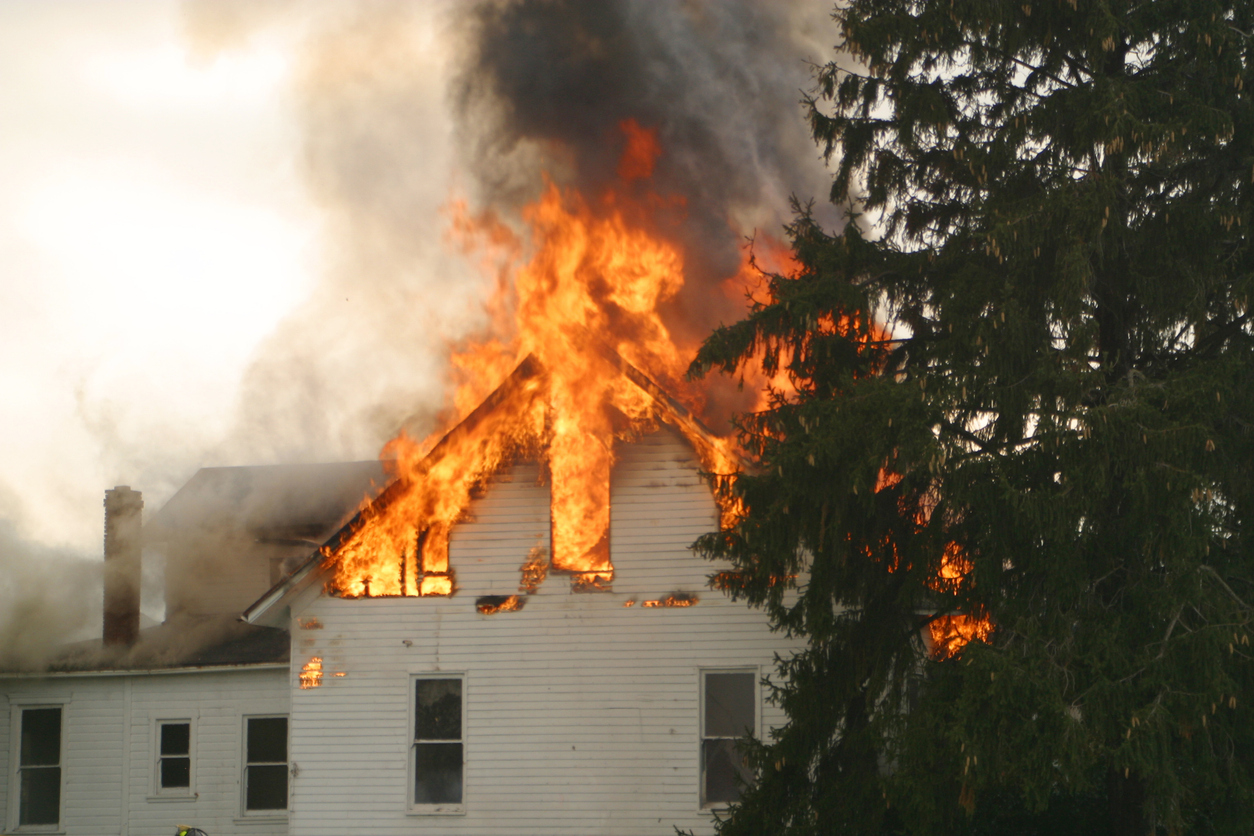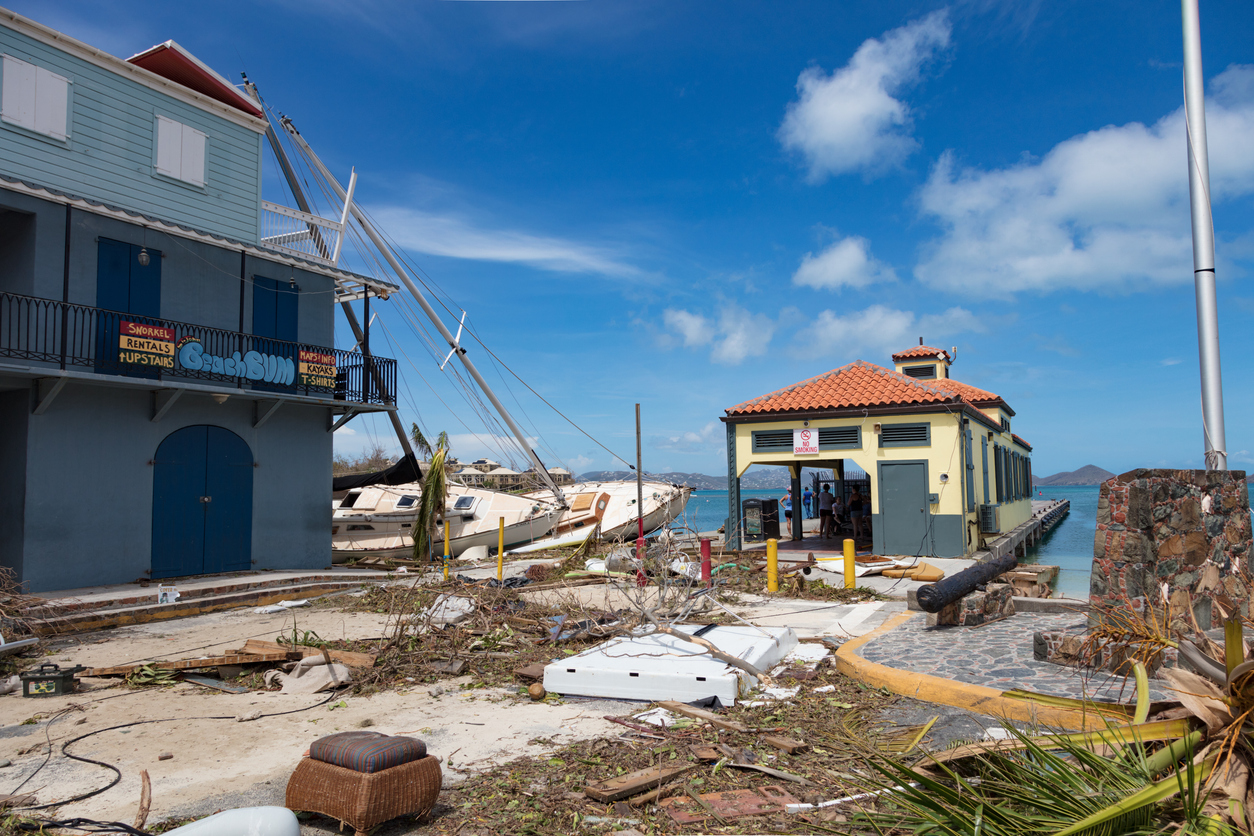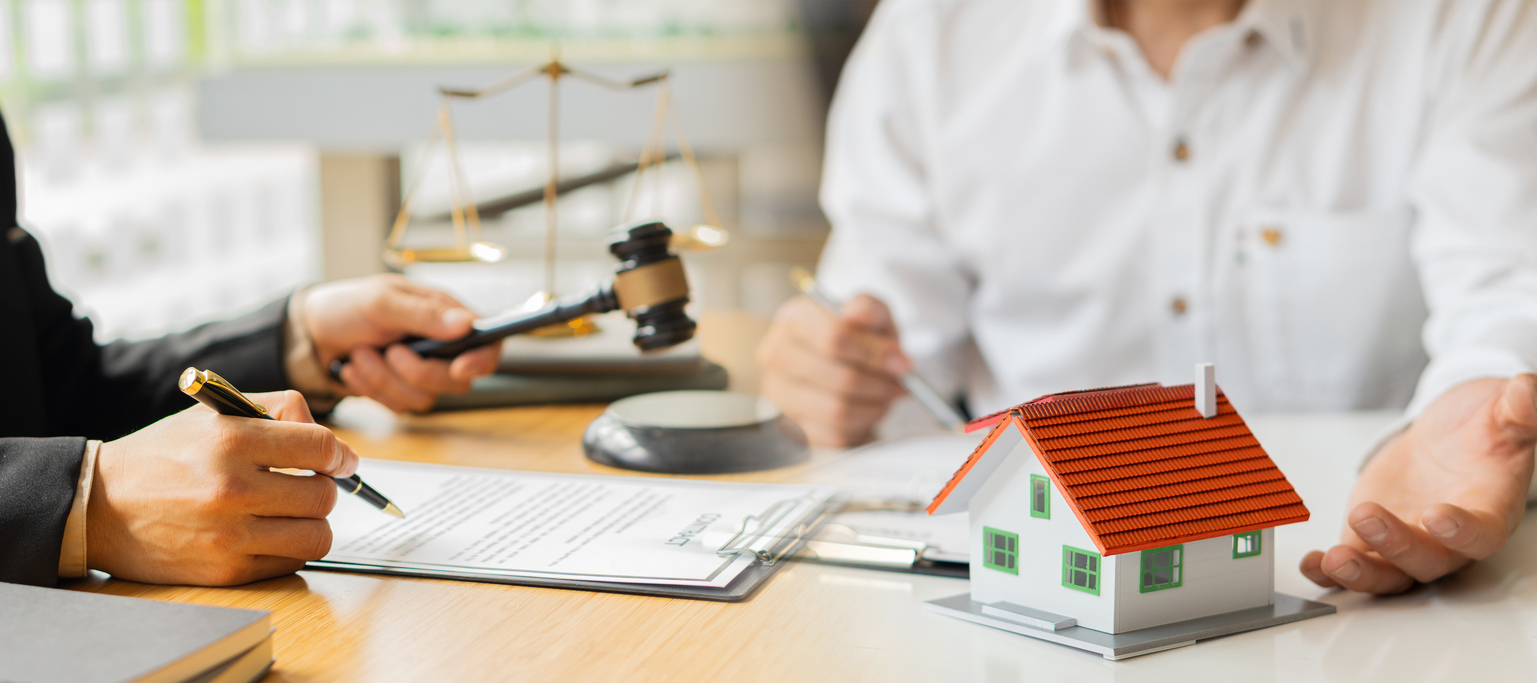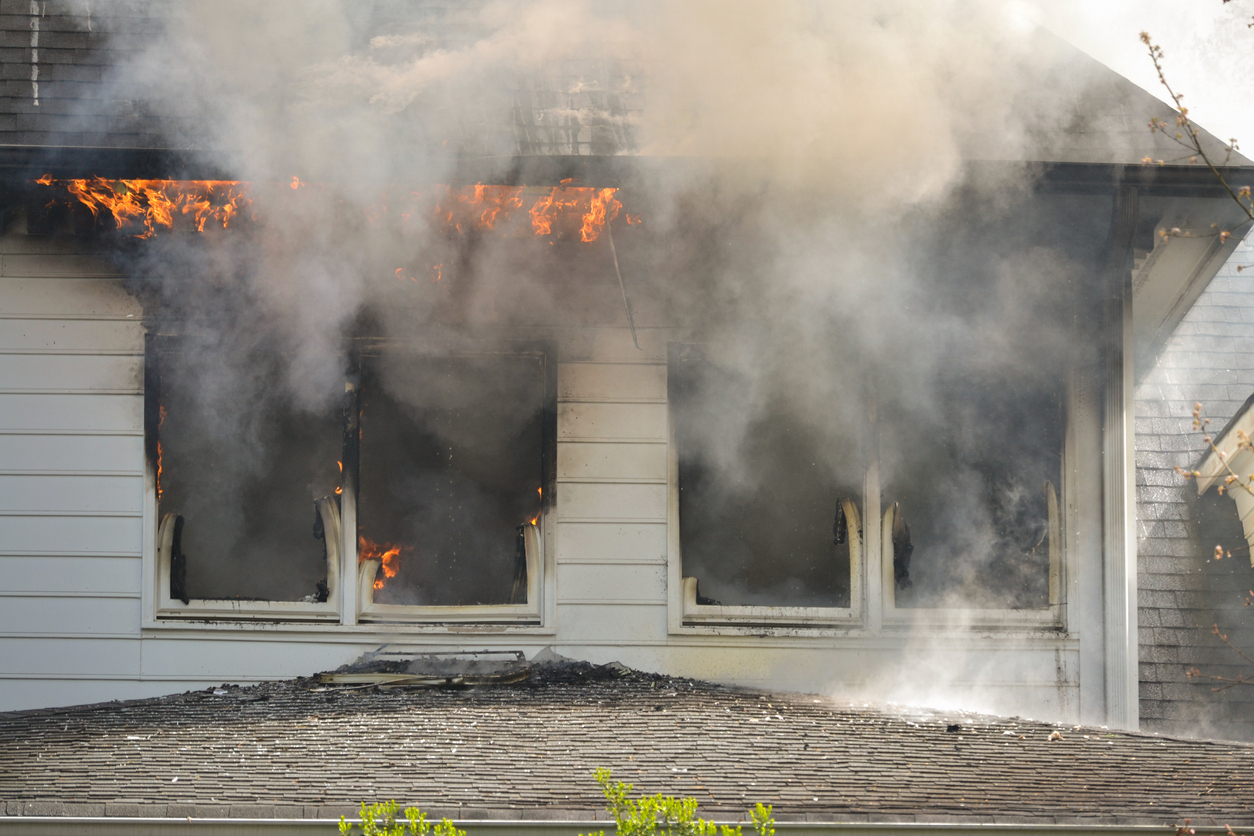Home damage can be an overwhelming experience for any homeowner. Whether it’s caused by storms, fire, water, or other unexpected events, navigating the insurance claims process can be complex and frustrating. For residents of Orlando, understanding when to hire public adjuster in Orlando is crucial to ensuring you receive the compensation you deserve.
Public adjusters are licensed professionals who work exclusively for policyholders, not insurance companies. They assess damage, compile claims, and negotiate settlements to maximize your payout. At FL Claim Adjuster, we specialize in representing homeowners and providing expert guidance throughout the claims process.
What Is a Public Adjuster?
Definition and Role
A public adjuster is a licensed insurance professional who:
- Represents policyholders in the claims process.
- Evaluates property damage and prepares detailed claims.
- Negotiates with insurance companies to ensure fair compensation.
Unlike insurance adjusters who work for the insurer, public adjusters work exclusively for you.
Learn more about our public adjuster services at FL Claim Adjuster.
Why Orlando Homeowners Need Public Adjusters
Orlando homeowners face unique challenges due to:
- Severe Weather: Hurricanes, tropical storms, and heavy rains frequently damage homes in the region.
- Complex Insurance Policies: Many policies include intricate terms and exclusions that are difficult to navigate without professional help.
- Undervalued Claims: Insurance companies may underestimate the cost of repairs or replacements.
When to Hire Public Adjuster in Orlando
1. After Significant Property Damage
When your home sustains major damage, it’s essential to hire a public adjuster in Orlando to:
- Assess the full extent of visible and hidden damage.
- Ensure all necessary repairs are included in the claim.
- Avoid settling for a low initial offer from your insurer.
2. When Your Claim Is Denied
If your insurance claim is denied, a public adjuster can:
- Review your policy to identify coverage opportunities.
- Provide evidence to challenge the denial.
- Advocate on your behalf during the appeals process.
3. For Complex or Large Claims
Handling a large or complicated claim requires expertise in:
- Documenting extensive damage.
- Calculating repair and replacement costs.
- Navigating policy terms and conditions.
4. To Expedite the Claims Process
Delays in claim processing can prolong repairs and disrupt your life. A public adjuster can:
- Follow up regularly with your insurer.
- Address requests for additional information promptly.
- Ensure your claim is processed efficiently.
Schedule a consultation with FL Claim Adjuster to discuss your claim.
How Public Adjusters Help Orlando Homeowners
Comprehensive Damage Assessment
Public adjusters conduct detailed inspections to identify:
- Visible damage, such as broken windows or roof leaks.
- Hidden issues, like water intrusion or structural weakening.
Accurate Claim Preparation
Preparing a strong claim involves:
- Compiling photographic evidence and repair estimates.
- Interpreting policy language to maximize coverage.
- Ensuring all necessary documentation is submitted.
Negotiating with Insurance Companies
Public adjusters advocate for fair settlements by:
- Countering low initial offers with evidence-based arguments.
- Highlighting policy provisions that support your claim.
- Resolving disputes over coverage or valuations.
Discover how FL Claim Adjuster maximizes claim payouts for Orlando homeowners.
Common Challenges in Insurance Claims
Low Settlement Offers
Insurers often undervalue claims to minimize payouts. Public adjusters can:
- Provide accurate repair estimates to challenge low offers.
- Demonstrate the full scope of damage, including hidden issues.
Coverage Disputes
Disputes arise when insurers:
- Deny coverage based on exclusions or technicalities.
- Claim that damage resulted from pre-existing conditions.
Public adjusters review denial letters and provide counterarguments to secure approval.
Delays in Processing
Insurance companies may delay claim processing by:
- Requesting unnecessary documentation.
- Failing to respond promptly to inquiries.
Public adjusters expedite the process by managing communication and ensuring timely responses.
Contact FL Claim Adjuster for assistance with challenging claims.
Benefits of Hiring a Public Adjuster
1. Maximizing Compensation
Public adjusters ensure claims include all eligible damages, resulting in higher settlements. Policyholders who hire public adjusters typically receive more compensation than those who handle claims independently.
2. Reducing Stress
By managing the claims process, public adjusters allow homeowners to focus on recovery instead of paperwork and negotiations.
3. Expert Advocacy
Public adjusters provide:
- In-depth knowledge of insurance policies.
- Skilled negotiation with insurance companies.
- Access to industry experts for complex claims.
Learn more about the benefits of working with FL Claim Adjuster.
Steps to File a Claim with a Public Adjuster
Step 1: Document the Damage
- Take photos and videos of all affected areas.
- Create an inventory of damaged items with estimated values.
- Record any temporary repairs or expenses.
Step 2: Contact a Public Adjuster
- Schedule an inspection to assess the extent of the damage.
- Discuss your policy coverage and claim options.
Step 3: Submit the Claim
- Provide all required documentation to your insurer.
- Allow the public adjuster to communicate with the insurer on your behalf.
Step 4: Negotiate the Settlement
- Work with your public adjuster to counter low offers or resolve disputes.
- Ensure the settlement reflects the full cost of repairs and losses.
Schedule a consultation with FL Claim Adjuster to get started.
Real-Life Success Stories
Overcoming a Denied Claim
A Florida homeowner faced a claim denial after hurricane damage. FL Claim Adjuster reviewed the policy and provided evidence to overturn the denial, securing a $75,000 settlement.
Maximizing Roof Repair Compensation
A homeowner in Orlando received an initial offer of $10,000 for roof repairs. With FL Claim Adjuster’s help, the settlement increased to $30,000, covering all repair costs.
Read more success stories on our website.
Why Choose FL Claim Adjuster?
Expertise in Orlando Insurance Claims
We specialize in:
- Navigating complex insurance policies.
- Resolving disputes efficiently.
- Securing maximum settlements for homeowners.
Commitment to Client Success
Our team offers:
- Transparent communication.
- Personalized strategies for each claim.
- Timely and professional service.
Visit our website to learn more about our services.
Conclusion
Knowing when to hire public adjuster in Orlando can make all the difference in securing a fair settlement for home damage. Whether you’re dealing with severe weather, denied claims, or undervalued settlements, public adjusters provide the expertise and advocacy needed to protect your interests.
At FL Claim Adjuster, we’re dedicated to helping Orlando homeowners navigate the claims process with confidence. Schedule a consultation today to get started.
Don’t let insurance challenges overwhelm you. Trust FL Claim Adjuster for expert assistance and peace of mind.










